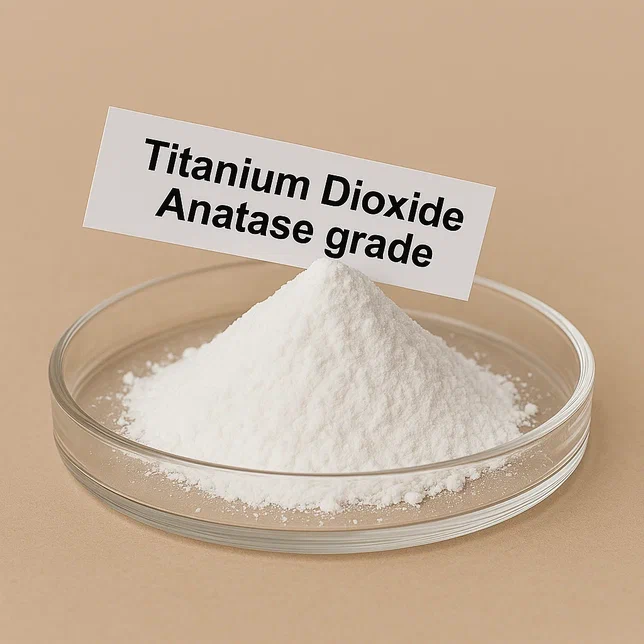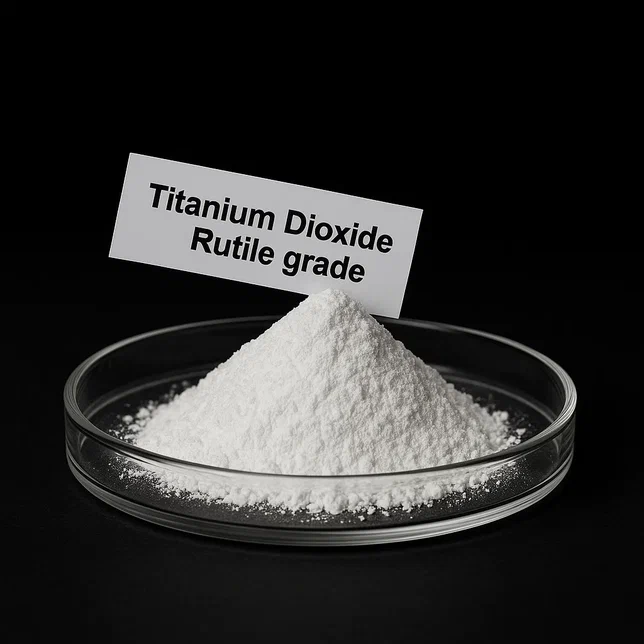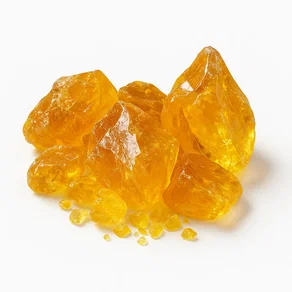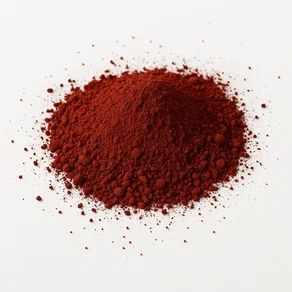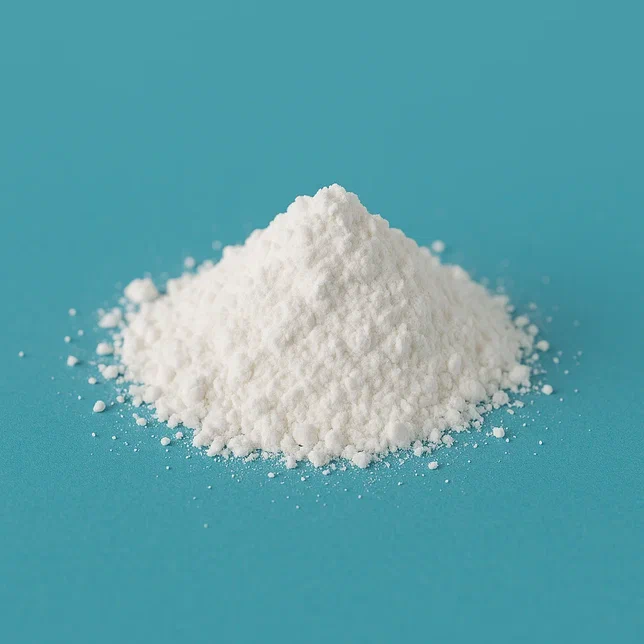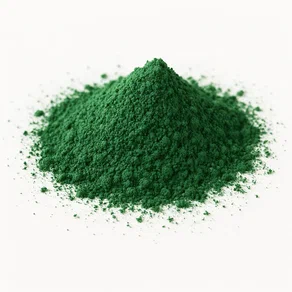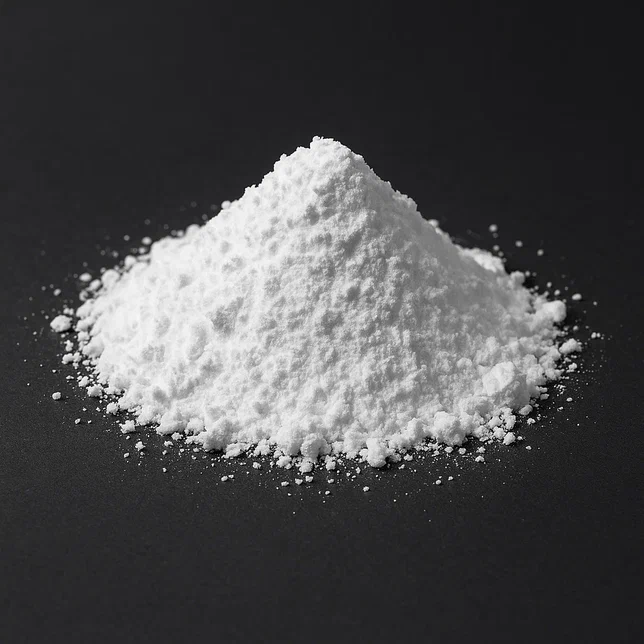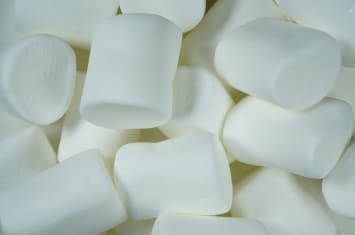Frit
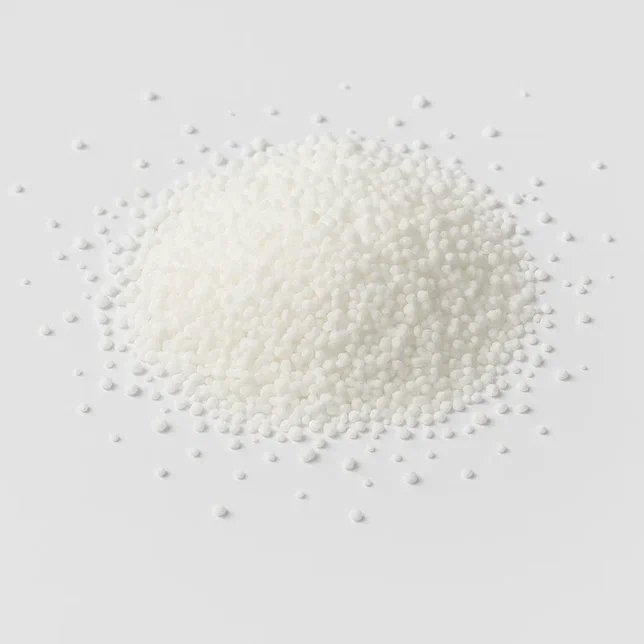
- Description
- Features
- Application
Ceramic frit is a pre-melted and then rapidly cooled glassy mass designed for use in glazes, enamels, and other ceramic coatings. The product appears as a white or translucent granular powder or flakes. It is produced by thermal sintering of components (feldspar, quartz, boric acid, oxides of lead, sodium, zinc, etc.) at high temperatures (800–1200 °C), followed by crushing and grinding.
Frit has good solubility in fluxes, a low melting point, and high firing stability, making it a key element in the production of ceramic coatings. Its composition is selected depending on the desired glaze properties: gloss, transparency, hardness, acid resistance, and color.
-
Ceramic industry: Used as a base for glazes and coatings of ceramic tiles, sanitary ware, and tableware. Ensures surface uniformity, smoothness, and gloss.
-
Enamel production: Included in metal enamels (bathtubs, household appliances, ovens), forming a smooth, protective, and decorative layer.
-
Glass and artistic ceramics: Used in decorative finishing, stained glass, and artistic glazes.
-
Powder metallurgy and casting: Used as a protective or insulating glassy coating during metal melting and forming.
Other products
Applications of Titanium Dioxide
The scope of application of titanium dioxide is wide. Titanium is used in most cases
 EN
EN RUS
RUS